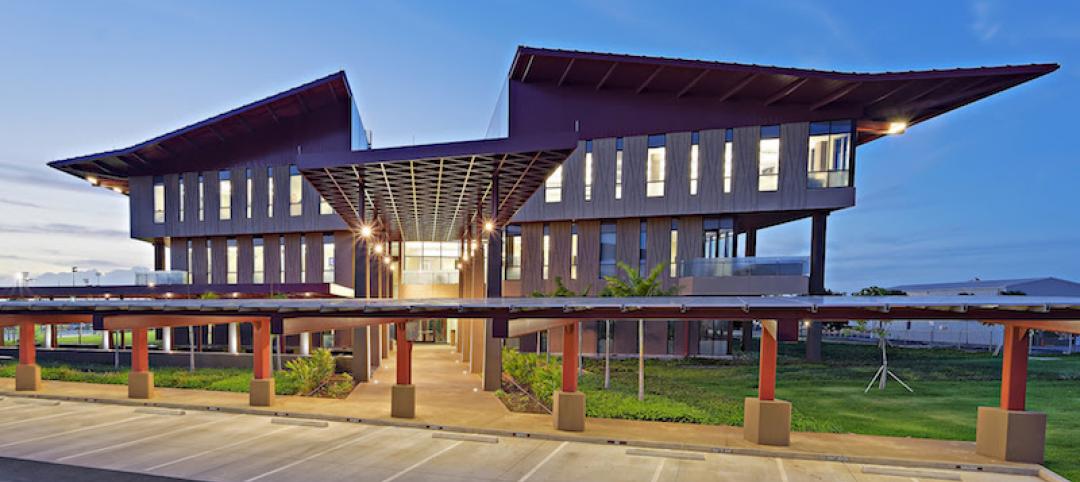The U.S. Department of Energy’s National Renewable Energy Laboratory (NREL) has selected JE Dunn Construction and SmithGroup as the design-build team for a new laboratory facility that will accelerate market-ready products needed for a clean energy transition.
As the new face of NREL’s South Table Mountain Campus in Golden, Colo., the 127,000-sf Energy Materials and Processing at Scale (EMAPS) laboratory will create a direct path from lab-scale materials and process innovations to pilot-scale integration and production. The project is slated to break ground in late 2024.
The laboratory’s design will provide opportunities for engineers, scientists, industry partners, and other DOE laboratories to work together in shared lab facilities focused on clean energy innovations. This collaborative, multidisciplinary approach will accelerate the process scale-up and market adoption of advanced energy materials.
Energy storage, advanced manufacturing among clean energy initiatives
Specifically, EMAPS will enable materials and process innovations in energy storage, advanced manufacturing, grid modernization, and net-zero chemicals and fuels for transportation and industrial decarbonization.
In addition, the laboratory will address end-of-life and circularity challenges across multiple energy technology platforms with a focus on polymers, packaging, and waste streams during and after production.
With building design now underway, EMAP will provide modern, open, and flexible spaces that can accommodate rapid experimentation among researchers. Featuring a three-story collaborative lab and office tower, the center will facilitate flexibility and reconfigurability to serve different research insights and needs. Researchers will be able to move easily from workstation computers to testing in labs to manufacturing testing in pilot bays.
The design will align with NREL’s focus on sustainability, solar orientation and daylighting, energy efficiency, and site preservation. With its sustainable, high-performance design, EMAPS will aim for a minimum of LEED Gold certification.
A decade ago, JE Dunn and SmithGroup partnered with NREL to complete the Energy Systems Integration Facility (ESIF), a 180,000-sf research building adjacent to the future site of EMAPS.
On the Building Team:
Owner: U.S. Department of Energy’s National Renewable Energy Laboratory (NREL)
Design architect, architect of record, and MEP engineer: SmithGroup
Structural engineer: Martin/Martin
General contractor: JE Dunn Construction
Related Stories
Laboratories | Sep 26, 2016
Construction has finished on the world’s largest forensic anthropology lab, designed by SmithGroupJJR
The lab’s main purpose will be to help in the investigation, recovery, and accounting of Americans lost in past wars.
Laboratories | Aug 8, 2016
The lab of the future: smaller, flexible, tech-enabled, business focused
A new CBRE report emphasizes the importance of collaboration and standardization in lab design.
Laboratories | Jun 16, 2016
How HOK achieved design consensus for London's Francis Crick Institute
The 980,000-sf, $931 million facility is the result of a unique financing mechanism that brought together three of the U.K.’s heaviest funders of biomedical research—the Medical Research Council, Cancer Research UK, and the Wellcome Trust—and three leading universities—University College London, Imperial College London, and King’s College London.










